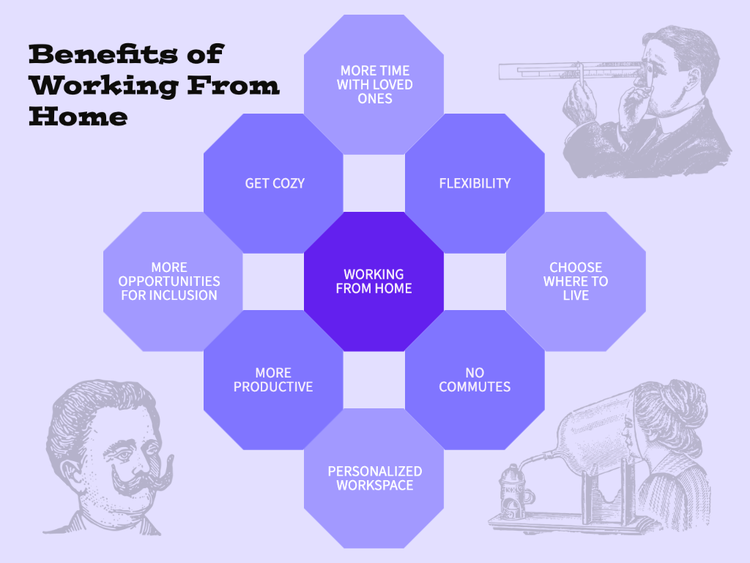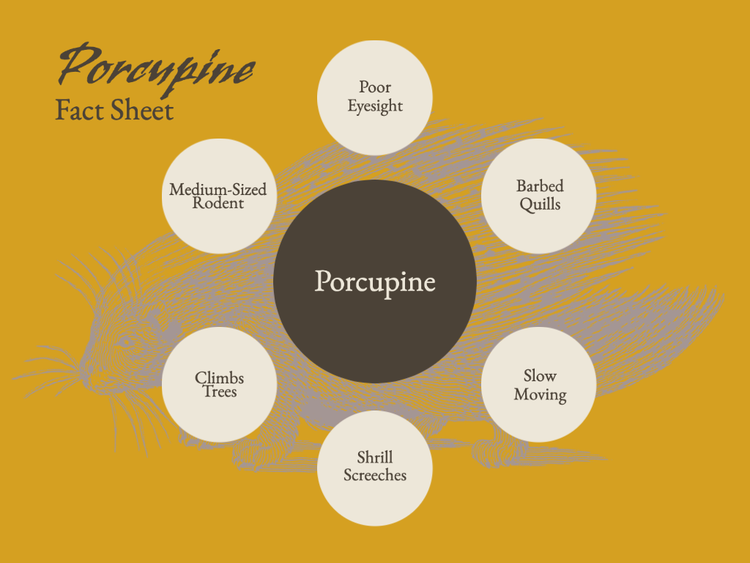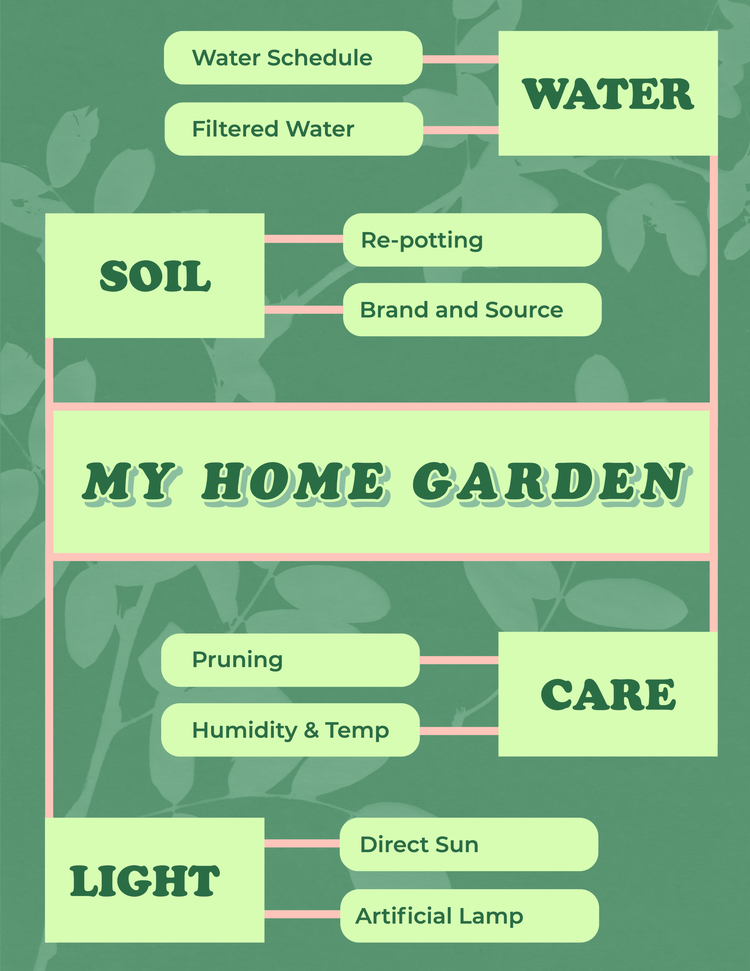What is mind mapping? Benefits, uses, and mind map examples

Key takeaways
- Mind mapping turns big ideas into clear visuals, helping you brainstorm, plan, and stay organized—perfect for students, creatives, and professionals.
- It boosts creativity, memory, and productivity by visually connecting ideas and breaking down complex tasks into manageable steps.
- Mind maps are incredibly versatile—use them for everything from content planning and team projects to essays, resumes, and weekend to-do lists.
- Creating a mind map is simple: start with a central idea, build out subtopics, connect related thoughts, and refine as you go.
- Adobe Express makes it easy to get started with free, customizable templates for business, school, or personal projects.
Summary/Overview
What is mind mapping?
A mind map is a diagram that organizes information into a hierarchy, where individual items are shown to relate to the greater whole. Mind mapping is a brainstorming tool that’s especially useful for visual learners by teasing out detailed ideas from a broad concept.
Mind maps have a simple structure that can easily be added to or built upon based on how many ideas are in development. The three elements of a mind map are:
- Topics — are represented by the central concept that anchors all subtopics
- Subtopics — can be drawn back to the main topic either directly or by connections to other subtopics
- Connecting lines — are associations between subtopics
What are the benefits of mind mapping?
Mind mapping is more than just a brainstorming technique, it’s a powerful tool for organizing thoughts, improving creativity, and enhancing productivity. Whether you’re a student, a professional, or a content creator, mind maps can help you visualize ideas and structure information more effectively.
1. Boosts creativity and idea generation
Mind maps encourage free-flow thinking, allowing you to explore ideas without restrictions. By visually connecting concepts, you can unlock new insights and generate innovative solutions for projects, content creation, or problem-solving.
2. Improves memory and retention
Studies show that the combination of visual elements, colors, and keywords in a mind map help improve memory recall. This makes it a great tool for students studying for exams, professionals preparing presentations, or anyone who wants to retain complex information.
3. Enhances productivity and organization
Mind maps provide a clear, structured way to break down complex tasks, making them easier to tackle. Whether you're planning a business project, structuring an essay, or outlining a marketing strategy, a mind map helps you stay focused and efficient.
4. Simplifies problem-solving
Mind mapping allows you to visualize challenges from different perspectives and find connections between ideas that might not be obvious. This is particularly useful for professionals handling strategy planning, brainstorming sessions, or creative storytelling.
What are mind maps used for?
1. Brainstorming
Mind maps are one of the best tools for brainstorming new ideas, problem-solving, and creative thinking. Unlike linear note-taking, they allow for free-flowing, non-restrictive idea generation by visually connecting related thoughts.
- Encourages out-of-the-box thinking by branching off ideas.
- Helps identify patterns and connections between concepts.
2. Planning
Visual brainstorming tools are excellent for breaking down complex projects into manageable steps. Whether you're planning a business strategy, an event, or a personal project, a mind map helps you visualize priorities, deadlines, and dependencies.
- Organizes goals, tasks, and milestones in a structured format.
- Makes it easier to assign responsibilities in team projects.
3. Organizing
Mind maps serve as a powerful organizational tool, helping to structure thoughts, tasks, or workflows effectively.
- Helps categorize ideas and information for better clarity.
- Provides a visual hierarchy, making it easier to prioritize tasks.
4. Structuring documents
When writing reports, essays, or presentations, a mind map can serve as an outline to ensure logical flow and coherence.
- Helps define main ideas, subtopics, and supporting details.
- Reduces writer’s block by offering a clear structure.
5. Presenting
Mind maps simplify complex topics and make presentations more engaging by providing a visual representation of ideas.
- Allows presenters to clearly convey information without overwhelming the audience.
- Helps maintain logical flow during discussions.
6. Studying
Mind maps enhance learning and memory by allowing students to visualize relationships between concepts instead of memorizing plain text.
- Encourages active learning by summarizing key ideas.
- Helps connect different concepts to see the bigger picture.
7. Taking notes
Instead of writing lengthy, linear notes, mind mapping helps condense information into a clear, structured format.
- Captures key points more efficiently.
- Improves note organization for easy revision.
8. Summarizing
Mind maps help distill complex information into concise, visual summaries that retain the most important points.
- Makes revision and review easier.
- Helps retain essential takeaways from books, reports, or meetings.
9. Reporting
Mind maps can be used to summarize reports, meetings, or data findings in an easily digestible format.
- Helps organize key takeaways, action points, and insights.
- Makes it easy to visually share findings with teams or stakeholders.
How to create a mind map:
- Start with a central topic: Choose the main idea you want to explore or organize. This will be the core focus of your mind map.
- Add subtopics: Identify key themes or categories related to your main topic. Draw branches connecting them to the central idea.
- Expand with connections: Link related subtopics and supporting details to create a clear, structured hierarchy of information.
- Refine and review: Continue adding ideas until you’ve fully mapped out your concept. Adjust as needed for better clarity.
- Share and collaborate: Get feedback from friends, family, or colleagues to refine your mind map and spark new ideas.
What is the best type of mind map?
Mind maps are a useful tool for pulling apart ideas for more inspiration, and its visual presentation can help improve memory. Adobe Express has a diverse array of free customizable mind map templates for you to use, whatever your needs. The templates in this post are pre-filled, so feel free to try a few and see what design works best.
Mind map ideas for business
- Establishing proposals
Mind mapping helps structure key ideas, ensuring a clear and compelling argument. It allows for easy adjustments and a well-organized presentation of information.
- Team projects
It streamlines collaboration by visually organizing roles, tasks, and deadlines. This enhances teamwork, accountability, and project efficiency.
- Presentation planning
Mind maps ensure a clear, logical flow for engaging and impactful presentations. They help break down complex topics into digestible sections.
- Prospectus writing
They help outline complex information, ensuring clarity and coherence. A structured mind map makes it easier to present financial or academic data effectively.
- Resume and cover letter set-up
A mind map helps highlight skills, experiences, and achievements effectively. It allows for easy customization for different job applications.
- Financial planning
It simplifies budgeting, investment decisions, and financial goal setting. A mind map visually organizes expenses, savings, and financial strategies.
- Marketing campaign
Mind mapping helps strategize content, audience targeting, and execution, ensuring alignment with business goals and maximizing impact.
- Business strategy
It provides a visual roadmap for objectives, risks, and opportunities. This helps in better decision-making and long-term planning.
Mind map ideas for students
- Studying or note-taking
Enhances retention and understanding by visually linking concepts. Mind maps make complex subjects easier to grasp and review.
- Class projects
Helps break down tasks, assign roles, and track progress efficiently. It ensures all aspects of the project are covered in an organized way.
- Thesis support
Aids in structuring research, arguments, and supporting evidence. This makes it easier to develop a logical, well-supported thesis statement.
- Essay writing
Organizes thoughts, key points, and supporting arguments clearly. It ensures a logical flow, making writing more structured and persuasive.
Mind map ideas for personal use
- Crafting
Helps brainstorm designs, materials, and step-by-step processes. A mind map provides inspiration and structure for creative projects.
- Weekend activities
Makes planning fun and efficient by mapping out ideas in advance. It helps balance relaxation, social plans, and personal projects.
- Event planning
Ensures all details, from logistics to guest lists, are well-managed. A mind map helps visualize the entire event process for smooth execution.
- Home and garden projects
Helps visualize layouts, tasks, and materials needed. This ensures an organized approach to renovations, landscaping, or DIY projects.
Free Adobe Express mind map templates
Get started with mind mapping
Ready to supercharge your creativity and productivity? Explore Adobe Express’s free mind map templates and start organizing your ideas with ease.











